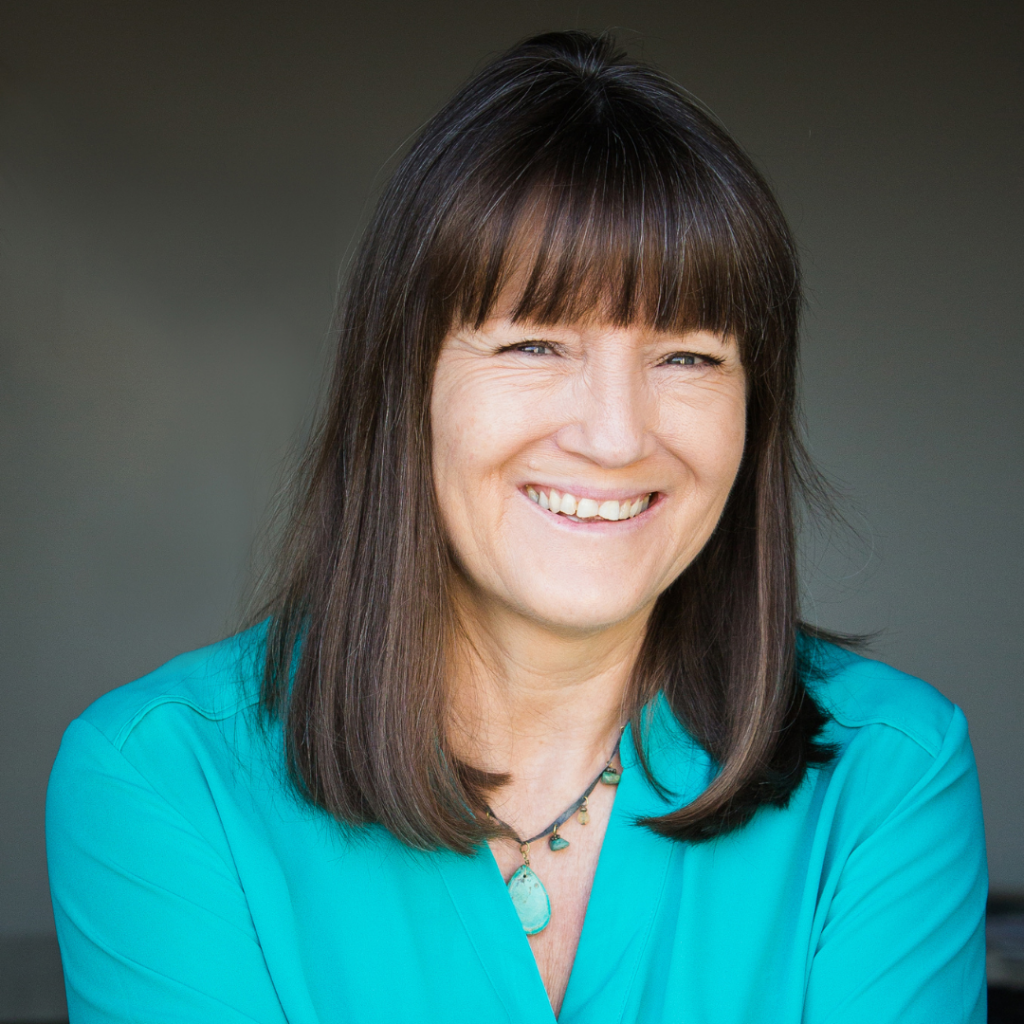
by Jan Trewartha
“The commonly accepted ‘tower of blocks’ model for vertebrate spine mechanics is only useful when modeling a perfectly balanced, upright, immobile spine. Using that model, in any other position than perfectly upright, the forces generated will tear muscle, crush bone and exhaust energy……..” Stephen Levin[1]
In her book Yoga, Fascia, Anatomy and Movement (reference as above), Joanne Avison talks in chapter 9 about the arrival of Serge Gracovetsky at the 7th Fascia Research Congress, when he stood up and presented, emphasising that ‘…the human form is entirely designed for agility, not for rigidity (as if the spine was stacked, as denoted by the word “column”)’. She goes on to discuss Gracovetsky’s complex Spinal Engine theory which shows ‘….logically how the whole spine moves in all its various segments and natural curvatures. It is dependent upon the intimate relationships between muscles and the collagen matrix in which they reside, to transmit forces (between the head and the earth, via the rotation of the shoulder girdle and the counter-rotation of the pelvic girdle and through the feet) to and from the ground’. Avison continues later: ‘Gracovetsky made so much sense of what we experience in the real, living spine, founded in fundamental laws of motion and the geometry of the collagen matrix, that the audience celebrated his candid and highly researched reasoning with cheers.’
This biotensegral way of explaining body movement is accepted by an ever-increasing number of therapists and movement teachers because it makes sense, but how do we then explain to those brought up with traditional biomechanics, how it all works? Language is vital; it is our communication system with everyone from the people we live with to strangers on the other side of the world, especially now with the online experience enabling easy connection with the latter. It connects us – as does fascia. It can also separate us, just as fascia separates the body cavities, e.g. the thoracic cavity from the pelvic cavity.
We have been speaking the language of traditional biomechanics for so long, that approaching a new concept, that of biotensegrity, as an alternative model seems – and is – a huge undertaking. Using the right language helps reinforce and explain the concept and helps us share it with our colleagues.
We also need to share it with clients as we help them look at their bodies in a different way and, for movement teachers, with our students, athletes, sports teams, etc. It must feel a little like trying to explain electricity when it was first introduced! Except that at least with the light switched on the results could be seen. Can we then best get a concept across through physical demonstration? We can certainly enhance understanding by helping our clients experience the results of a different way of training; is this experiential approach more effective than description, just as turning on the light was for our predecessors?
I have been learning about biotensegrity now for around seven years, and I still struggle to explain some aspects of it. But I use models and other props to give a visual analogy of how it all works. I have also used this simple exercise which was taught me long ago, and I cannot remember who passed it on to me, for which apologies:
Walk around the room in a relaxed, casual manner, shoulders dropped, jaw relaxed. Be aware of the body and how it feels. Now clench the jaw and feel that instant transmission of tension down the arms and legs, affecting even your gait. This is a simple example of what we mean when we talk about fascial continuity and how damage or tension in one area translates into the body, locally and even globally.
We are still developing a vocabulary to describe biotensegrity and how it works.
A fuller version of this article appears in the Members’ Area with links to relevant videos/articles.
[1] Extracted from: Yoga, Fascia, Anatomy and Movement, Avison, J., 2nd edition, Nov ’21, pub. Handspring Publishing).
Joining The Hub
There are many benefits to joining The Fascia Hub community. We will be continually revising and updating how we can better support our members. Of course, if you have any ideas or thoughts as to what you would like to see, then we would love to hear from you. Our membership proposition is continually evolving and changing to ensure that we bring you the best from the world of fascia. If there is something you would like to learn more about, please do drop us a line and let us know.

